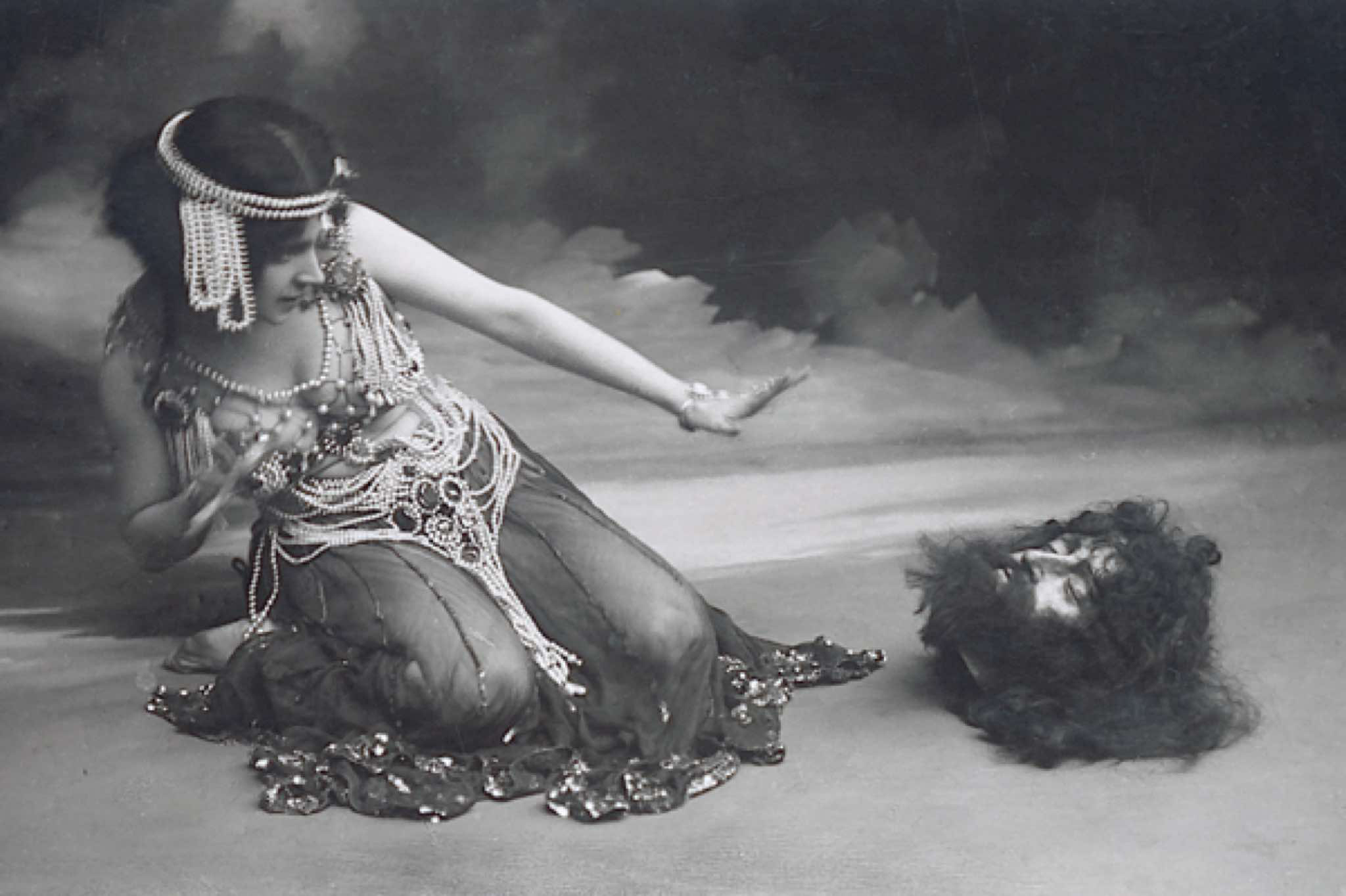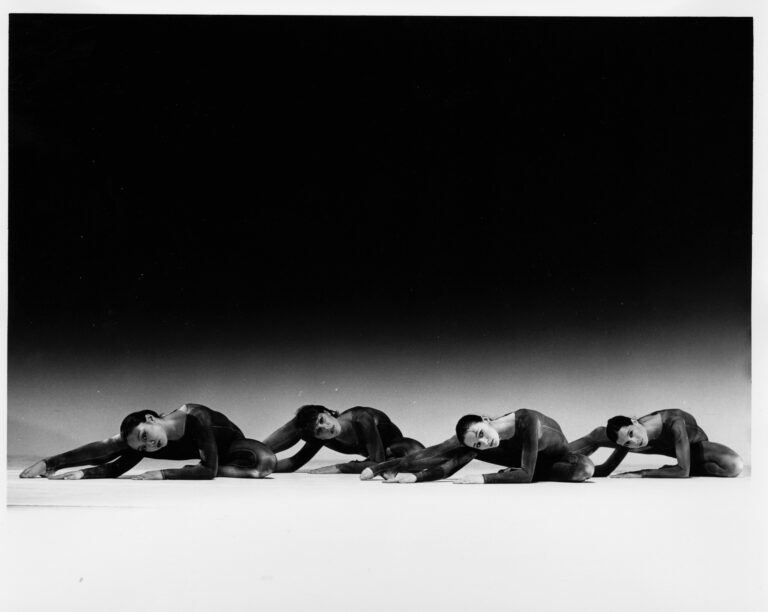Welcome to the archive. Actually no, go away!
A tale of secrets, remoteness, gatekeeping and control.
Let me introduce myself …
I work in the archive world as the person who cares for the artefacts. I’m the person who puts them back together when they fall apart and slows down the speed at which they fall apart. I’m a conservator.
I have a very privileged position of being hands-on with the artefacts. There is no glass case between me and the artefact. There is no-one standing in front of a strong room door saying no. I know this is not the case for most people. Archives can be difficult to access. This is what I think some of the blockers are to people using archives …
What stops people using archives? How we can change this?
Perception
The media loves to describe archives as ‘hidden’ and ‘secret’.
Here are two examples ‘Here’s What You’ll Find Inside The Secret, Climate-Controlled Pixar Archives‘ and ‘This Vast Photo Archive Is Hidden Inside a Cold, Heavily Guarded Limestone Mine‘
The idea of archives being secret and hidden is a lovely, romantic image but it’s not exactly welcoming.
Remoteness discourages interest
The perception of archives being hidden and secret makes them remote from people. Yes, there’s a faint tingle of excitement when you do get into the archive. You feel as if you are doing something special and vaguely forbidden. You may feel that you are being granted access to the normally inaccessible. This shouldn’t be the case. It doesn’t encourage people to use archives.
Let me share a story from my work with you …
“I took my own archive collection to an event for 16 to 18-year-olds and their teachers. The event was to inspire people to pursue a career in the caring professions. All of the people there had never been into an archive. They felt that archives weren’t for people like them.
However, during the session one of the teachers was so moved by one of the artefacts that she cried. Ultimately archives are about people. People who were the same as you and I.”
Image 1 – Labour Certificate

Archives are for everybody. They contain our shared heritage and memory.
I wonder why we choose to hide away (or to hide from) our shared history and when we do choose to show it, we exalt it on a pedestal. Why shouldn’t our heritage be for everyone and about everyone?
Inaccessibility prohibits access
In most cases, archives are physically remote from the people who want to use them. To use the archive collection you usually have to travel to it. You may have to book in advance. Some archives have very limited access. You might have to request the artefacts that you want to use before your visit.
Planning a visit to an archive can become like planning a military campaign. It might also feel like a visit to the Principal’s Office. A visit to an archive can be intimidating.
The fact that you have got as far as planning to visit the archives means that you have managed to clear the first hurdle; actually knowing that the archive exists and that it holds the material that you are interested in. There are many archives out there which most people have no idea exist or that the artefacts are available to use.
Once you have found the archive that you are interested in then you have to navigate your way through the catalogue. This is not always very easy to do. It can be the case that a search of the catalogue does not show any relevant artefacts even though the archive holds them!
There are archives which contain amazing and very interesting material which are closed to the public and not accessible. This is such a shame.
Gatekeeping
It is the case that most archives dictate to the users how the artefacts can be used. If you visit the archive, you can view the artefact, take notes and have a copy made. If you access the artefact online you can view the artefact, take notes and have a copy made. You are told how you may use the artefacts. You are not allowed to use the artefacts in the way that you want. This is very restrictive. There are reasons for this but the archive world is working to a nineteenth-century model in the twenty-first century.
the archive world is working to a nineteenth-century model in the twenty-first century
How can we change this?
I am working with Dgen on the DCD initiative. We will remove the blockers and change how archives are used. We will move archives into the 21st century embracing all of the possibilities that this offers. We will do this through our two-year development program to connect people with DCD’s digital collection.
We will build an inclusive community of users around the collection, to exchange knowledge, to exchange information and to tell stories. We will create a wide-ranging and international community of users (a ‘Constellation’) linking institutions and individuals to engage and share their collections. We are removing the gatekeepers to collections. We are empowering you and allowing you to use the DCD archive as you choose. Come and join us. Let’s remove the gate, throw away the key and create a truly open archive.






